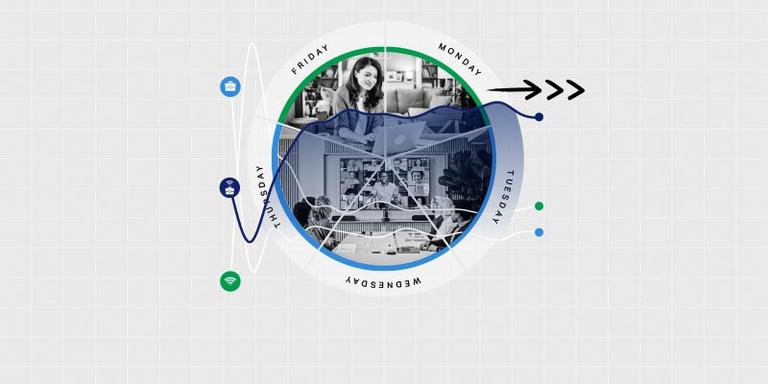Results for the Gallup poll of U.S. employees are based on self-administered web surveys of a random sample of adults who are aged 18 and older, working full time or part time for organizations in the United States, and members of the Gallup Panel. Gallup uses probability-based, random sampling methods to recruit its Panel members. Gallup weighted the obtained samples to correct for nonresponse. Nonresponse adjustments were made by adjusting the sample to match the national demographics of gender, age, race, Hispanic ethnicity, education and region. Demographic weighting targets were based on the most recent Current Population Survey figures for the aged 18 and older U.S. population. In addition to sampling error, question wording and practical difficulties in conducting surveys can introduce error or bias into the findings of public opinion polls.
In line charts on this webpage, Gallup labels data points with a year and month. Years that have only one data point labeled with the year and "Jan" (abbreviated for "January") reflect annual survey results. Years that have one data point labeled with a specific month besides January or that have multiple data points labeled with specific months reflect results obtained during the noted month(s). When Gallup’s survey field dates for one data point occur in more than one month, Gallup labels the data point with the ending month.
Manager employee engagement, overall satisfaction and intent to leave details on this page are based on the following:
- Employee engagement:
- The percentage of engaged managers is determined by Gallup’s Employee Engagement Index, based on Gallup Q12® survey items.
- Overall satisfaction:
- Survey item: How satisfied are you with your company as a place to work?
- Response options: Scale from 1 to 5, with 5 being “extremely satisfied.”
- Intent to leave:
- Survey item: To what extent are you currently looking for a different job than the one you have now?
- Response options, with Gallup using combined “actively looking” and “watching for opportunities” responses as “% Watching for or actively seeking new job” data:
- I am actively looking for another job.
- I am watching for opportunities, but not actively looking.
- I am not looking for another job.


